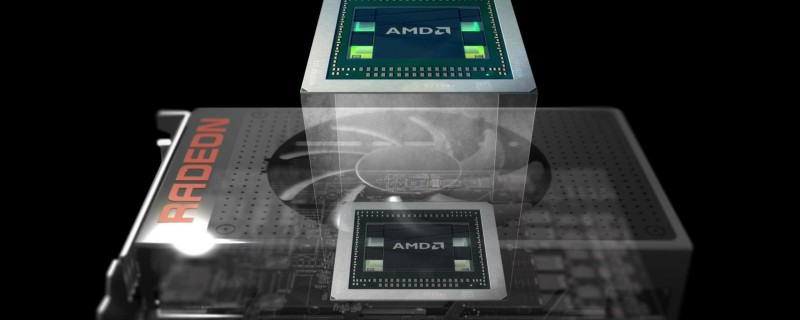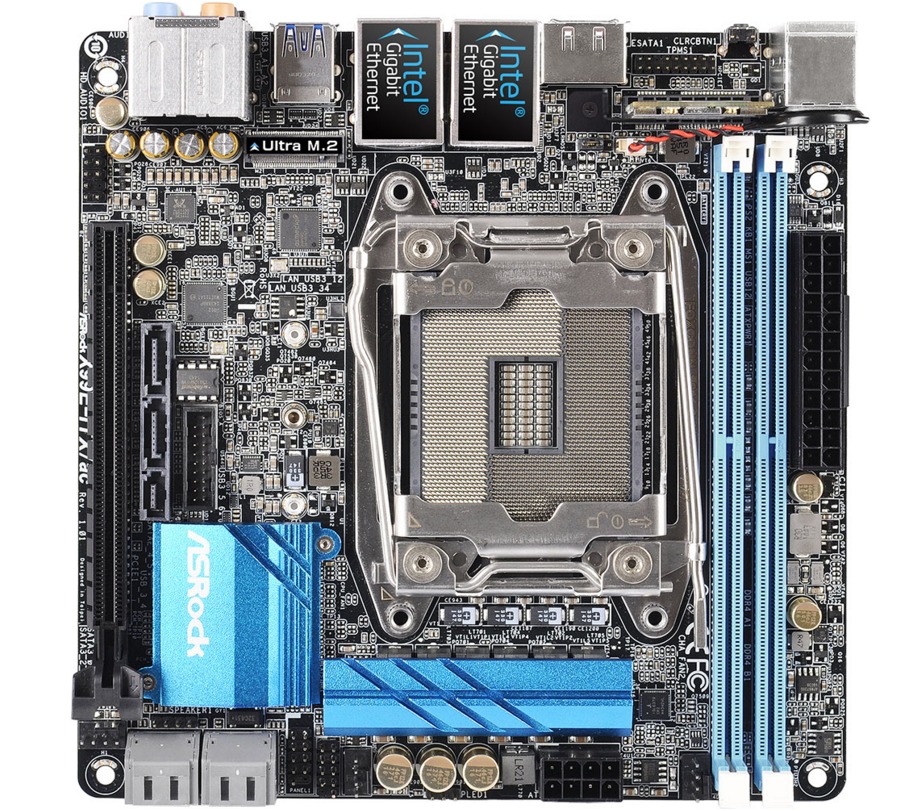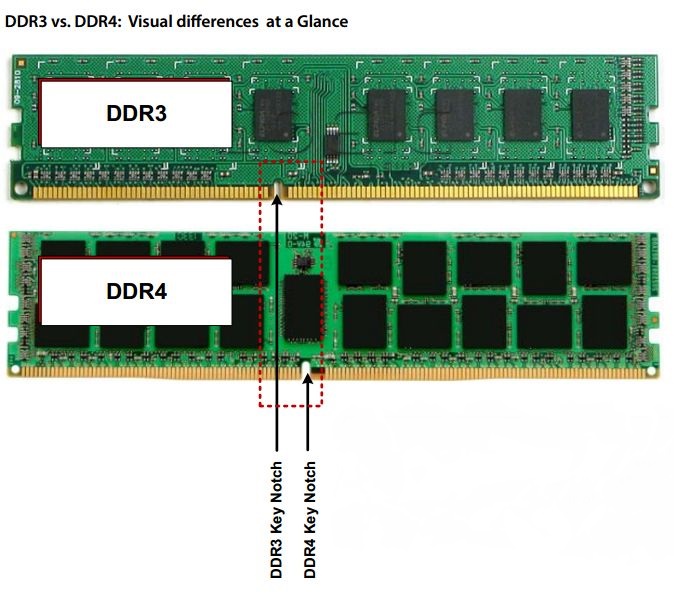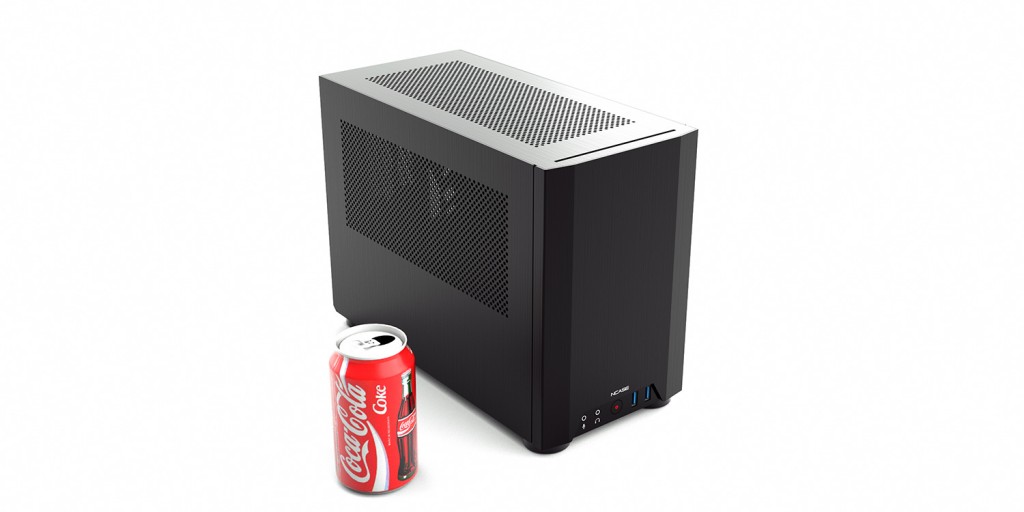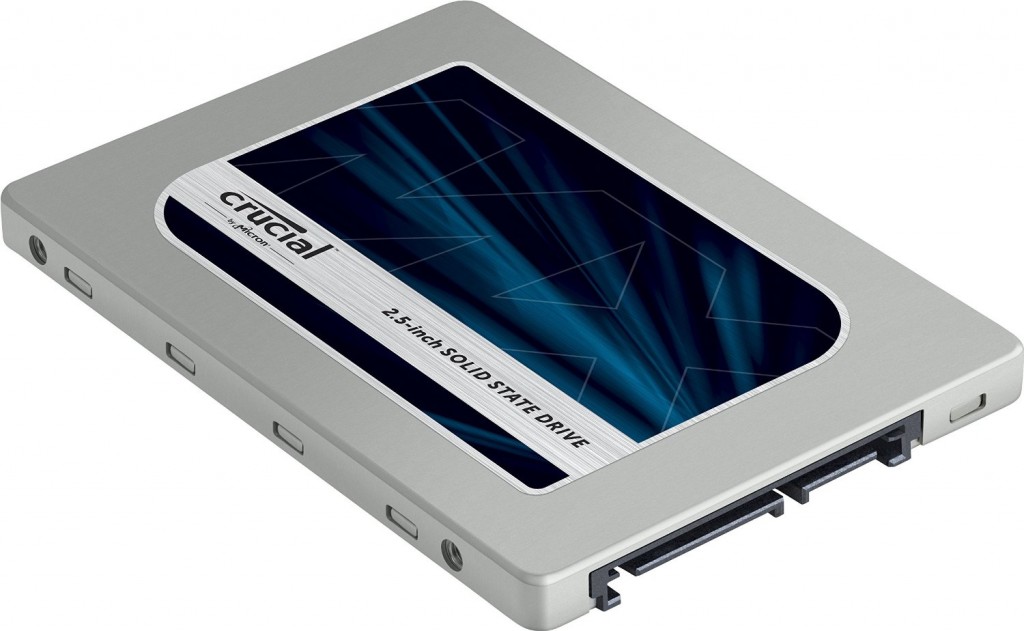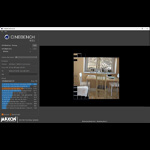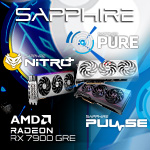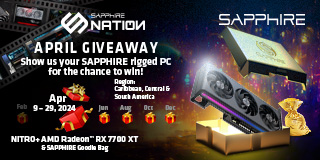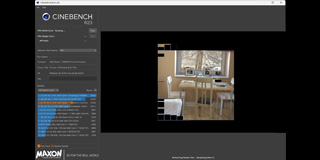
Mini-ITX computer builds are meant to be small and quite often aesthetically pleasing. Despite their size, however, such a PC can also be downright powerful and rise to the challenges hardcore gaming presents. Today we are going to show how to choose components for a small monster rig.
Playing PC games in front of a big Full HD TV with full details wasn’t an option for a long time—unless you wanted to have a bulky PC case near the TV. Today miniaturization has come so far—has come so small, as it were—that a muscular setup in a very small, neat case isn’t an issue if you know which parts to choose. Below is our guidance on doing just that.
The platform
In our example we will use an Intel-based platform. Not only is it fast, but also there is a solid variety of mini-ITX boards designed for Intel CPUs.
The Broadwell (LGA 1150) and Skylake (LGA 1151) processors are two good choices. There are also low power versions of Intel CPUs that are very suitable for ITX PC. They don’t generate much heat, but they are still powerful. Of course, if it’s a true beast you seek, you can buy unlocked CPUs or even a Haswell-E (LGA 2011-3) and a mini-ITX board.
The memory
While 2×4 GB is technically enough for most users, with the price of RAM so cheap, why not splurge and go with 2 x 8 GB? Be careful to choose the appropriate memory type for your platform – DDR 3 isn’t compatible with DDR 4. And remember to get a module with a heatsink as small as possible. Space is of the essence in an ITX rig. If you’re going to have an unlocked CPU, you should buy 2400 MHz or faster memory, but with locked CPU, there’s no point in going over 1800 MHz.
The GPU is of the utmost importance for a good gaming experience, so buy the fastest card you can.
For those who will make no compromise, there is but one choice – the Radeon R9 Nano: the fastest mini-ITX GPU on the market, bar none.
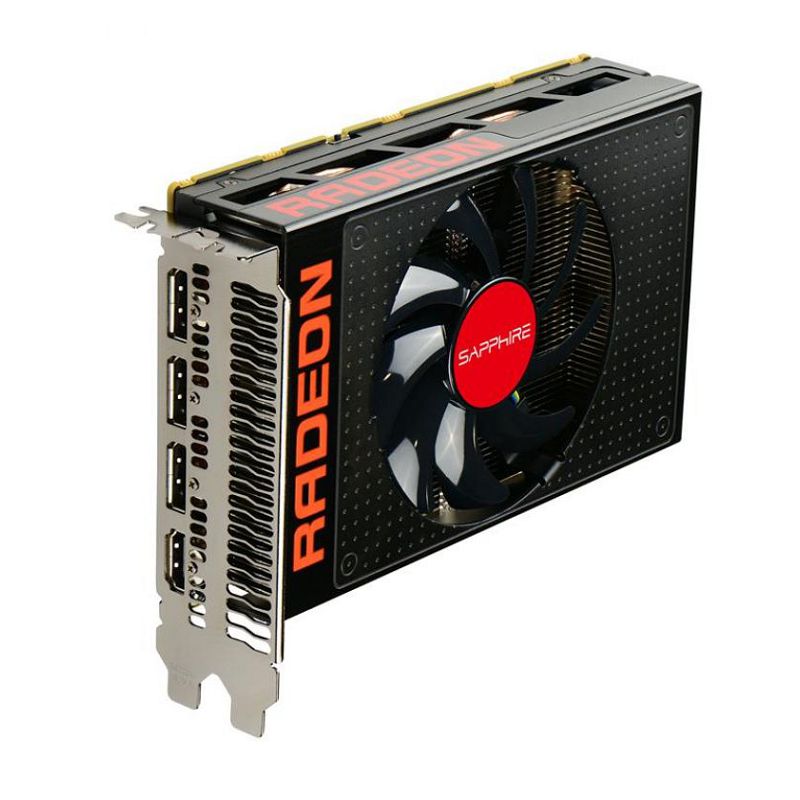 Users who can settle for a slightly less powerful and significantly cheaper solution should pick up the SAPPHIRE Radeon R9 380 ITX Compact.
Users who can settle for a slightly less powerful and significantly cheaper solution should pick up the SAPPHIRE Radeon R9 380 ITX Compact.
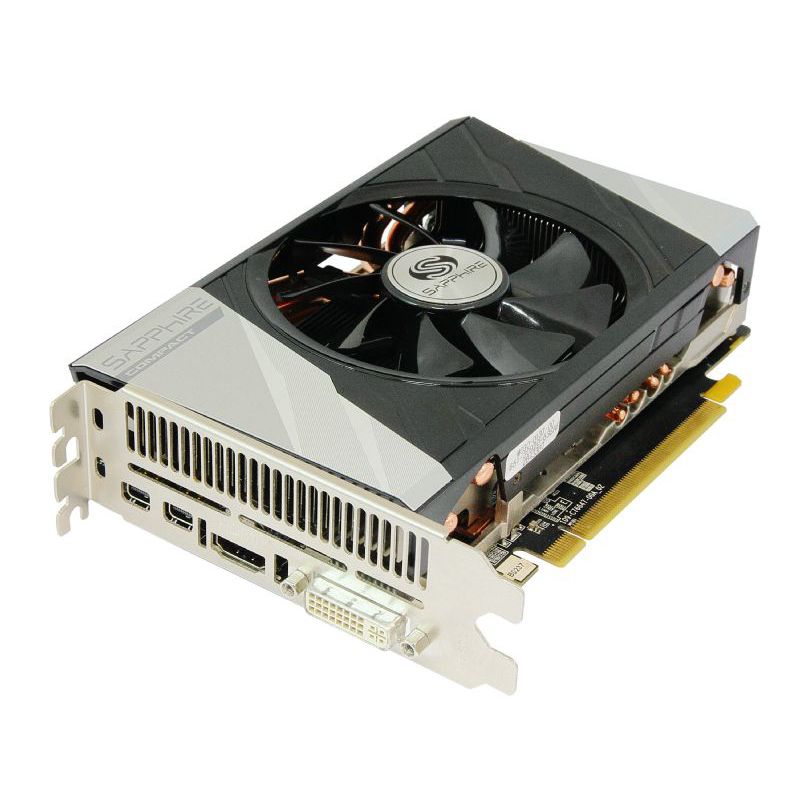 The case & power supply
The case & power supply
Choose your case wisely. While most users want it to be visually appealing, it must also provide good airflow. Remember also that powerful components require a strong power supply. There are a lot of ITX cases with built-in PSUs. Most of them won’t be able to provide enough power for fast, power-hungry components. We recommend cases that have a place for an ATX or SFX power supply, and pick a PSU with a single 12 V rail.
We’ll talk more about various Small Form Factor cases in a separate article in the future – there’s a lot of ground to cover here!
Cooling
Most mini-ITX cases offer little room for cooling the CPU. There are usually two options: a low-profile air cooler or water cooling using either a custom loop or an All-in-One solution. We are fans of overclocking, but in most cases ITX is just not the environment for it. It would be wiser to buy a quiet substitute, not necessarily of highest performance.
The hard drive
We highly recommend SSD drives. They are much faster than standard HDDs and completely inaudible. Better still, you can put them virtually anywhere inside the case—it doesn’t matter in which direction they are oriented.
Example of a mini-ITX setup
Our sample build consists of an unlocked Skylake Core i5 CPU and R9 Nano graphics card, which together offer very good gaming performance.
- Intel Core i5-6600K
- ASRock Fatal1ty Z170 Gaming-ITX/ac
- 2x 8 GB DDR4 Kingston Savage 2666 MHz
- SAPPHIRE Radeon R9 Nano
- BitFenix Phenom Mini-ITX
- CoolerMaster V550
- Enermax Liqmax II 240
- Plextor M6S 512 GB
Summary
There is no doubt that such a setup is going to be more expensive than a standard size ATX PC with components of equal performance. But consider the upsides—it will take up much less space and be far more fun to assemble. After which all that’ll be left to do is connect to the TV, plug in the gamepad, stake out your claim on the couch and dive smoothly into the latest games.
Visit SAPPHIRE Nation frequently – there’s more to the Small Form Factor story that we’ll be telling. In the next piece SAPPHIRE’s Ed Crisler will talk more in detail about the case sizes and his personal take on the SFF gaming, along with some other hardware tips. Don’t forget to leave a comment telling us what areas of PC gaming would you like us to cover next!





